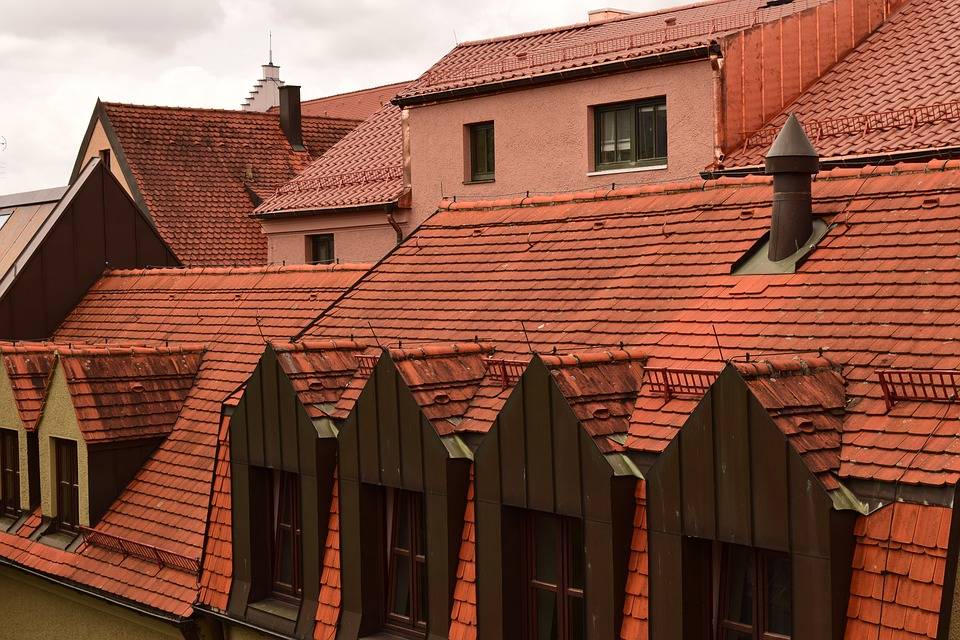To improve properties of bitumen for roofing applications, three modifiers are used most often: atactic polypropylene (APP), styrene butadiene styrene (SBS) and ethylene-propylene-butene (EPB).
Bitumen, modified with APP, does not have disadvantages characteristic to common bitumen materials: low flexibility at subzero temperatures and aging tendency. Atactic polypropylene is an elastic material with similar properties as caoutchouc. Because of the wide range of properties, this substance did not find another application but an additive to bitumen binders.
Introduction of APP retains the high adhesion and waterproofing of regular bitumen, but at the same time gives it high resistivity to ultraviolet rays and high heat endurance (above 120ºС). Flexibility and elasticity of materials obtained based on APP modifier at cold temperature is lower than that of materials with SBS modifier. That is why folding while laying the material in cold temperature can cause minor cracks to appear.
The processes of bitumen modifications with APP and SBS also differ. In the former case this means the usual mechanical mixing, but in the latter, chemical interactions of molecules of caoutchouc and bitumen occurs. This interaction creates three-dimensional cross-linked structure of macromolecules of polymer which influences the properties of modified bitumen. APP bitumens are more resistant to aging, due to the fact that polypropylene molecules do not have double bonds.
EBP modifier combines the advantages of APP and SBS modified bitumens. It has the high heat endurance and resistivity to aging of APP, the low temperature elasticity of SBS. EPB for roofing material modification is produced in the form of granules which can be added to molten bitumen at 200ºС. Due to links saturation, the material has resistance to ultraviolet rays and low oxidation decomposition.
Service life of roofing materials based on modified bitumen greatly exceeds that of regular bitumen roofing materials, though the latter are much cheaper.



